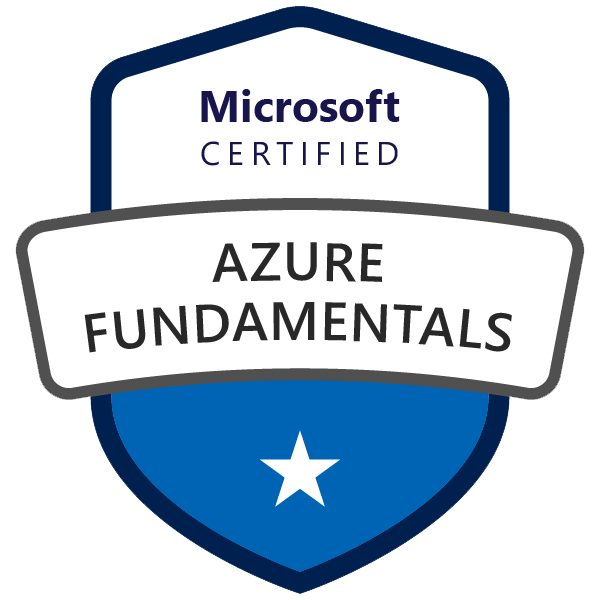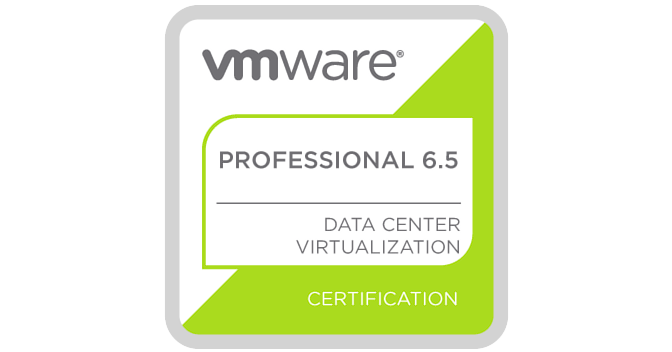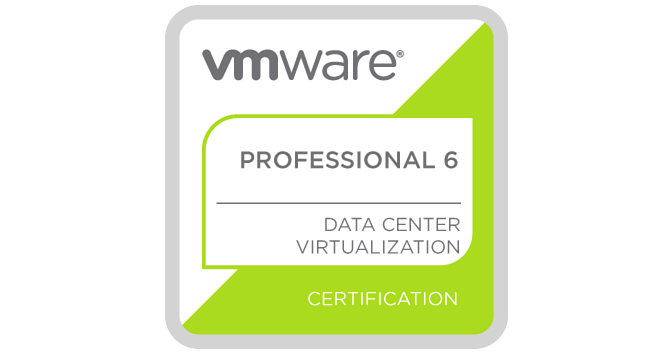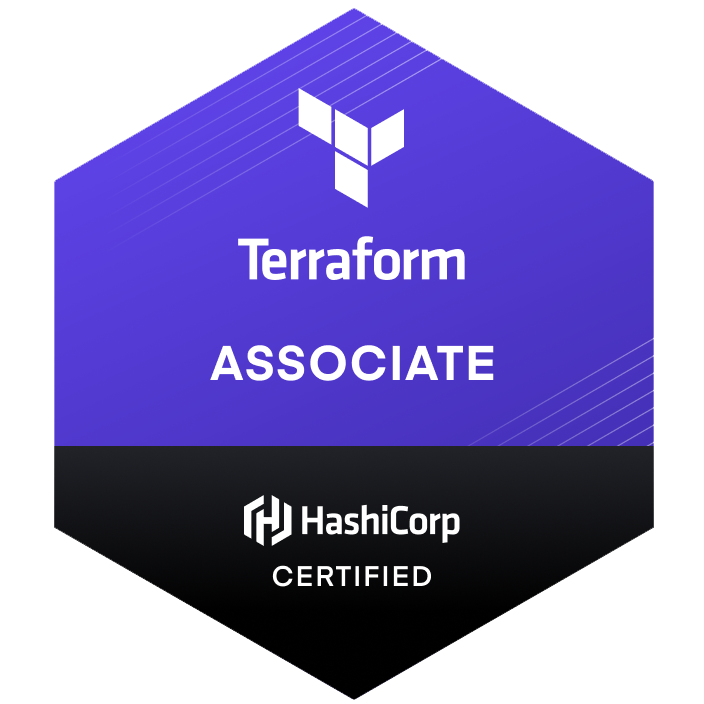Creating a robust and efficient Terraform module, especially for the AzureRM provider, involves understanding and implementing a set of best practices that span various aspects of Terraform's functionality. This comprehensive guide aims to provide you with the insights and guidelines needed to build strong Terraform modules, focusing on essential files, version management, and best practices.
Introduction to Terraform Modules
Terraform modules are like blueprints for your infrastructure; they are reusable, encapsulated collections of Terraform resources that can be used across different projects and environments. A well-crafted module not only saves time but also ensures consistency and reduces errors in your infrastructure setup.
Core Components of a Terraform Module
1. main.tf
The main.tf file is where the primary resources of your module are defined. This file can be thought of as the entry point of your module.
- Best Practices:
- Resource Grouping: Organize related resources together for better readability and maintenance.
- Detailed Comments: Commenting is crucial, especially for complex configurations, to provide context and rationale.
- Consistent Naming Conventions: Use a consistent naming scheme for resources to make your module more understandable.
2. variables.tf
This file is used to define the variables that will be used in your module, allowing users to input values that can customize the module's behavior.
- Best Practices:
- Default Values: Setting sensible default values for your variables can simplify module usage.
- Variable Descriptions: Always include a description for each variable to explain its purpose and usage.
- Type Constraints: Enforce the type of input values using type constraints to prevent errors.
3. outputs.tf
Outputs in Terraform are like return values for a module. The outputs.tf file defines these values, which can be used by other parts of your Terraform code.
- Best Practices:
- Selective Outputs: Output only the necessary information that other modules or configurations might require.
- Output Descriptions: Include descriptions for each output to aid in understanding their purpose.
- Handle Sensitive Data: Be cautious with sensitive data; mark outputs that contain sensitive information accordingly.
4. providers.tf
Provider configurations are often declared at the root module level, but specifying provider requirements in providers.tf ensures consistency and version control.
- Best Practices:
- Version Pinning: Specify exact or minimum required versions of providers to avoid unanticipated updates.
- Clear Provider Configuration: If using multiple providers, make sure their configurations are clearly differentiated.
5. data.tf (Optional)
The data.tf file is used for declaring data sources. Data sources allow Terraform to use information defined outside of Terraform, or defined by another separate Terraform configuration.
- Best Practices:
- Efficient Data Use: Use data sources wisely to avoid unnecessary calls to external APIs.
- Clear Naming: Ensure data sources are named clearly to distinguish them from resources.
6. versions.tf
This file is crucial for managing the versions of Terraform and the providers your module is compatible with.
- Best Practices:
- Use Version Constraints: Define version constraints for Terraform and providers to avoid breaking changes due to updates.
- Stay Updated: Regularly review and update to the latest versions to leverage new features and bug fixes.
Additional Best Practices for Terraform Module Development
- Documentation: A well-documented module with a clear
README.mdis essential for end-users to understand the purpose, usage, inputs, and outputs of your module. - Testing: Implement testing strategies for your modules to ensure they work as expected in different scenarios.
- Version Control: Use version control systems like Git to manage your module's codebase effectively.
- CI/CD Integration: Integrating your module with CI/CD pipelines can automate testing and deployment, ensuring code quality and consistency.
- State Management: Consider how your module interacts with Terraform state, especially in team environments, and opt for remote state backends like Azure Blob Storage for state management.
Conclusion
Building a Terraform module for Azure requires meticulous attention to detail, an understanding of best practices in infrastructure as code, and a commitment to quality and consistency. A strong Terraform module is not only about the functionality but also about maintainability, scalability, and usability. By following these guidelines, you'll be well on your way to creating Terraform modules that are efficient, reliable, and a valuable asset in your infrastructure management toolkit.
















